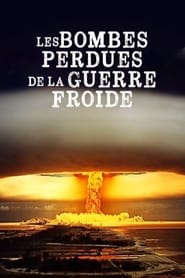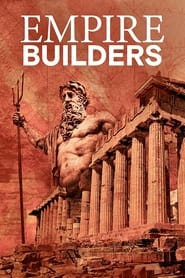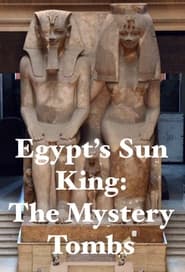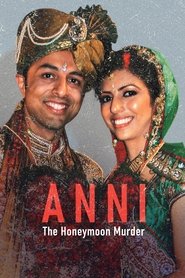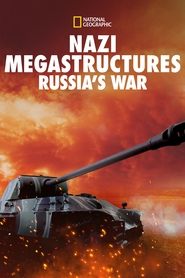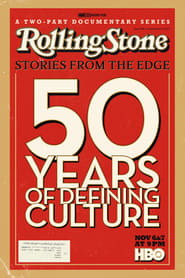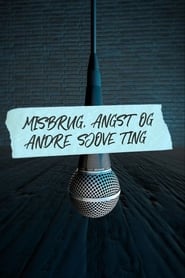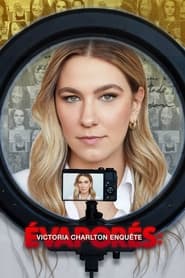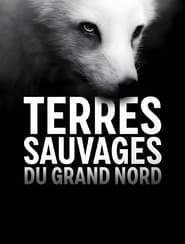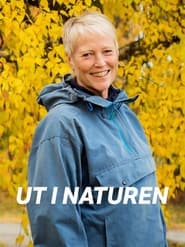Documentary TV Series - Page 385
-
Factory of Dreams: Benfica
2022
star 6.7Benfica, one of the elite teams in European football, also has one of the most advanced and respected academies in the world, producing world-class talent every year. This series goes behind the scenes of Benfica's modern training facilities, discovering, first-hand, the challenges that these young players face during a complete season. -
Al mar!
2023
Al mar!
2023
-
Empire Builders
2018
Empire Builders
2018
star 1Throughout the centuries great empires have been erected, whose creators have governed nations, regions and continents for hundreds and even thousands of years. From the great civilizations of antiquity to the first world powers of our days, this series reviews the legacy left to us by the great empires that have written the history of humanity. Combining computer-generated images with dramatic reconstructions, experts and historians analyze the role these civilizations have played and how their heritage has survived to this day. -
Egypt's Sun King: The Mystery Tombs
2018
In 2011 a team from the University of Basel made two astonishing discoveries in Egypt's Valley of the Kings. By chance they came across a new tomb that was the first to contain a body since the discovery of Tutankhamun. Then they discovered that the tomb beside it, which had never been excavated before, held the bodies of around 50 people. But who were all the people in these two linked tombs? This film follows the archaeological detective story to uncover the answer. It pursues the trail that leads to one of Egypt's greatest pharaohs, Amenhotep III - and to the women he was close to. And the film also reveals the astonishing project behind the re-emergence nearby of the largest temple ever built in ancient Egypt - the lost mortuary temple of the same pharaoh, Amenhotep III. -
Anni: The Honeymoon Murder
2021
star 6.7In November 2010, British millionaire Shrien Dewani and his new Swedish wife Anni travelled to Cape Town for their honeymoon trip of a lifetime that soon turned into horror. The newly-wed couple were hijacked at gunpoint during a taxi journey back to their hotel from dinner and the next morning the 28-year-old bride was found dead, having been shot. The murder of Anni quickly became one of the world’s most talked-about headlines. For years, the truth about who was responsible for her death remained unclear, with the public constantly torn between the Dewani family, whose representatives maintained their son Shrien’s innocence, and Anni’s family, desperate to find out what happened that night and why Anni had to die. -
Nazi Megastructures: Russia's War
2018
star 1The story of Hitler’s war on the Eastern Front – an attempt to liquidate the Russian people and gain living space for his superior Aryan race. It is a conquest that takes the Nazis all the way to the gates of Moscow and back to the heart of Berlin, and culminates in the collapse of the Third Reich. The series reveals the cunning strategy, defensive megastructures and military technology deployed in this devastating war of brutality between giants. -
Rolling Stone: Stories From the Edge
2017
star 6.9A chronicle of the last 50 years of American music, politics and popular culture through the perspective of Rolling Stone magazine. An exhilarating visual and musical experience of the magazine’s history featuring performances by a dazzling array of artists and showcasing the groundbreaking work of its writers. -
The Silk Road
1980
The Silk Road
1980
-
Terror at 30000 Feet
2024
Terror at 30000 Feet
2024
star 8Every day there seems to be another plane disaster. Turbulence killing passengers. Aircraft doors blown off mid flight. Drunken passengers. Mechanical failure. Attempted hijacks. Terror. In this series we air stories of the most dramatic, jaw-dropping and terrifying airline disasters and aviation incidents ever - all told by the people who were there. -
Animal Social Network
2021
From the golden beaches of Australia and the deep jungles of Panama to the foothills of Kilimanjaro and the Serengeti Plains, this series takes you into the amazing world of animal communities. You will see the hidden dramas of the animal world: the alliances that are formed, the changes that take place and the passions that ignite. Nothing is static, everything evolves. -
X-Ray Earth
2020
X-Ray Earth
2020
star 7.2Earth as it has never been seen before, by challenging preconceived notions about the world, making use of cutting-edge scientific tools, and travelling over, across and deep into the Earth's crust to learn just what makes the world tick. -
Iolo's Secret Life of Birds
2010
star 7.2Iolo Williams explores the behaviour of birds in Wales, revealing all aspects of their lives from surviving harsh winters and avoiding predators, to living alongside us in our towns and cities. -
Évaporés : Victoria Charlton enquête
2022
star 6YouTuber Victoria Charlton investigates disappearances with the help of her community. For the first time, she is looking for new avenues in the field to better understand the different cases. -
Africa's Hidden Kingdoms
2016
star 9In this series we explore the unknown corners of Africa, delving past the fame of the Big Five we uncover a treasure trove of Hidden Kingdoms, fertile ecosystems are brimming with natural secrets. -
Malas Compañías
2017
-
Ut i naturen
1992

